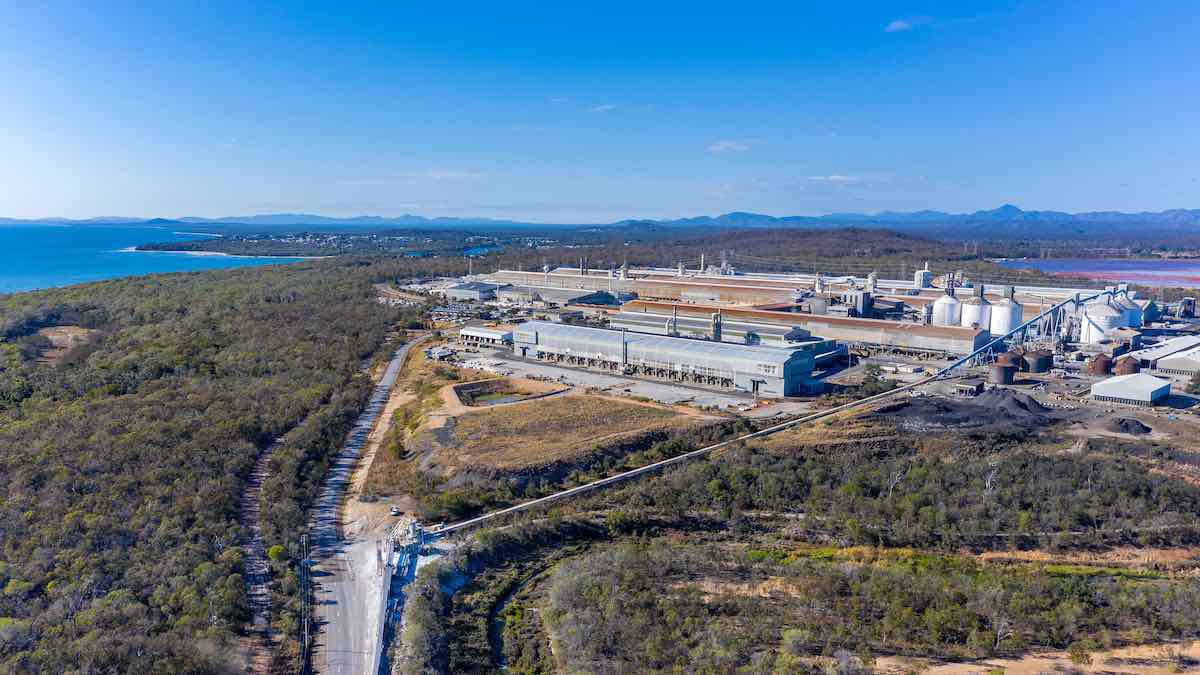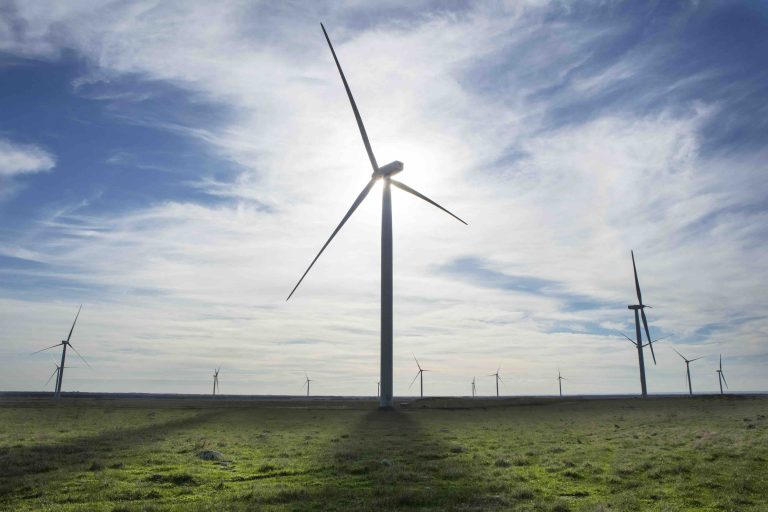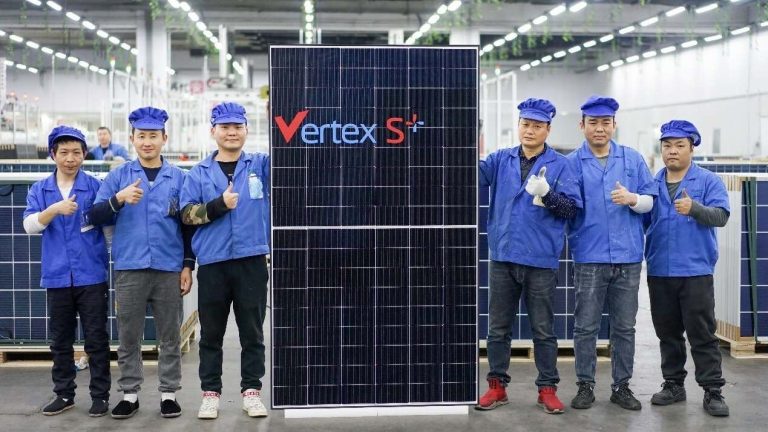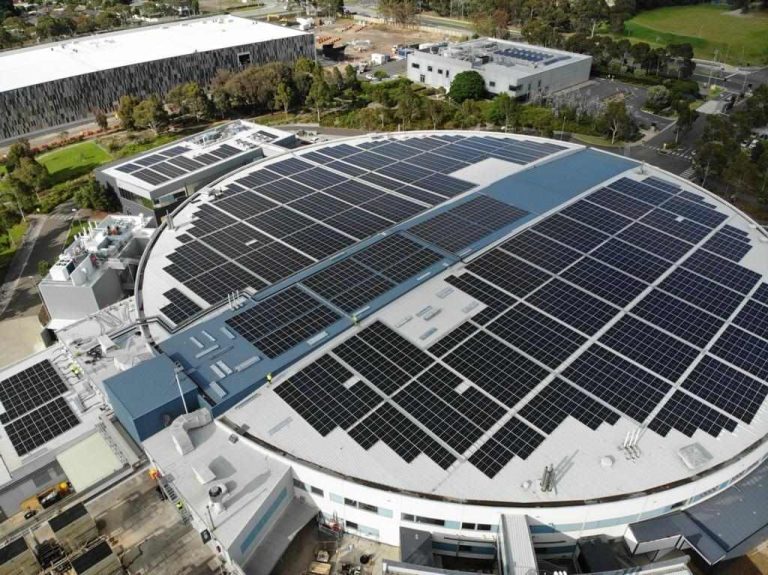Australia’s Largest Solar Project Seeks Government Approval
The Upper Calliope solar project, with a capacity of 1,100 megawatts (MW), is currently seeking approval under Australia’s EPBC legislation. If constructed, it would become the largest solar project on the country’s main grid.
Contracted by mining company Rio Tinto, the Upper Calliope project aims to power the significant smelters and refineries in Queensland, which currently rely on coal as their primary energy source. These facilities are the largest energy consumers in the state.
Significant Offtake Agreements
Rio Tinto has signed 25-year offtake agreements for the electricity generated by the Upper Calliope project, as well as Windlab’s Bungaban wind project. These agreements represent the largest of their kind in Australia. The Bungapan project, situated near Wandoan, is also in the process of seeking EPBC approval.
Project Details and Location
The Upper Calliope project, developed by European Energy, is situated 50 kilometres west of Gladstone, spanning 12 lots, road reserves, and 8,000 hectares. The project area includes the Calliope River and predominantly cleared farming land. Approximately one third of the site will be allocated to the solar project, with the remaining two thirds suitable for grazing activities.
Rio Tinto has committed to purchasing all electricity generated by the project to support its key assets in the region, including the Boyne Island aluminium smelter, the Yarwun alumina refinery, and the Queensland alumina refinery. This initiative aligns with Rio Tinto’s goal of transitioning to 4 gigawatts of wind and solar energy to replace coal-powered sources.
Future Plans and Design
European Energy has not finalised the detailed design, layout, or generating capacity of the Upper Calliope solar project. The project is expected to include four collector substations, with the specific type and quantity of modules and inverters yet to be determined. While there is no current commitment to include battery storage on-site, any potential storage facilities would likely be located near the collector substations with minimal environmental impact.
Rio Tinto has also initiated a tender for a similar amount of wind and solar energy to support the Tomago aluminium smelter in New South Wales, as well as seeking substantial renewable energy sources for its iron ore mines in Western Australia’s Pilbara region.
With these ambitious renewable energy projects in the pipeline, Rio Tinto is making significant strides towards reducing its carbon footprint and transitioning to cleaner energy sources.






